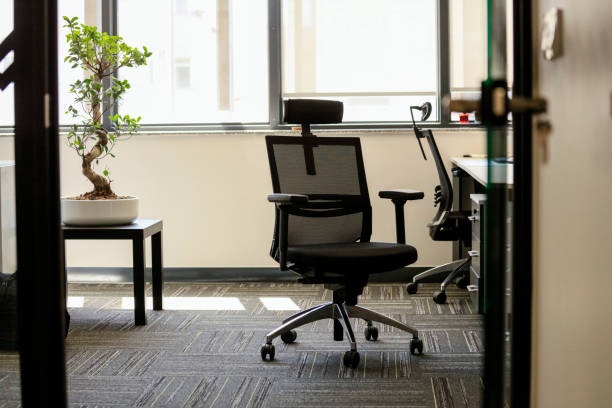In the bustling world of office environments, where productivity and comfort intertwine, the office chair emerges as an indispensable tool for professionals seeking to navigate the daily grind with ease and efficiency. Delving into the intricacies of office chairs is akin to embarking on a journey through a labyrinth of ergonomic designs and ergonomic features, each contributing to the burst of support and comfort that defines these essential furnishings.
At the heart of the office chair lies its ergonomic design, meticulously crafted to provide users with optimal support and comfort during long hours of sitting. This burst of comfort is achieved through a combination of adjustable features, such as seat height, lumbar support, and armrests, which allow users to customize their seating experience to suit their individual preferences and needs.
But it’s not just about comfort; office chairs also play a crucial role in promoting health and wellness in the workplace. By providing proper support for the spine, neck, and lower back, the office chair help to alleviate the strain and fatigue associated with prolonged sitting, reducing the risk of musculoskeletal disorders and promoting better posture and circulation.
The burst of innovation in the realm of office chairs has given rise to a diverse array of designs and technologies, each tailored to meet the unique needs and preferences of different users. From traditional task chairs with simple adjustments to advanced ergonomic chairs with built-in massage functions and posture correction features, there is no shortage of options available to professionals looking to enhance their comfort and productivity in the workplace.
But amidst the burstiness of options, lies a need for education and awareness to ensure that users select the right chair for their specific needs. Proper training and guidance can help individuals understand the ergonomic principles behind office chair design and how to adjust their chairs to achieve optimal comfort and support.
Furthermore, the burst of complexity inherent in some office chair features requires users to have a thorough understanding of how these functions work and how to use them effectively. Without proper instruction, users may find themselves overwhelmed by the array of adjustments and settings available, leading to frustration and discomfort.
Despite these challenges, office chairs continue to play an essential role in modern workplaces, serving as a cornerstone of efforts to promote health, wellness, and productivity among employees. By investing in high-quality, ergonomic chairs, employers can create a burst of supportive and comfortable work environments that foster creativity, collaboration, and success.
In conclusion, office chairs represent a critical component of modern office environments, providing users with the burst of support, comfort, and functionality they need to thrive in their professional endeavors. By understanding the principles of ergonomic design and selecting chairs that meet their specific needs, individuals can enhance their health, well-being, and productivity in the workplace. With their ability to promote better posture, reduce fatigue, and alleviate discomfort, office chairs are much more than just pieces of furniture—they are essential tools for success in today’s fast-paced, demanding work environments.
